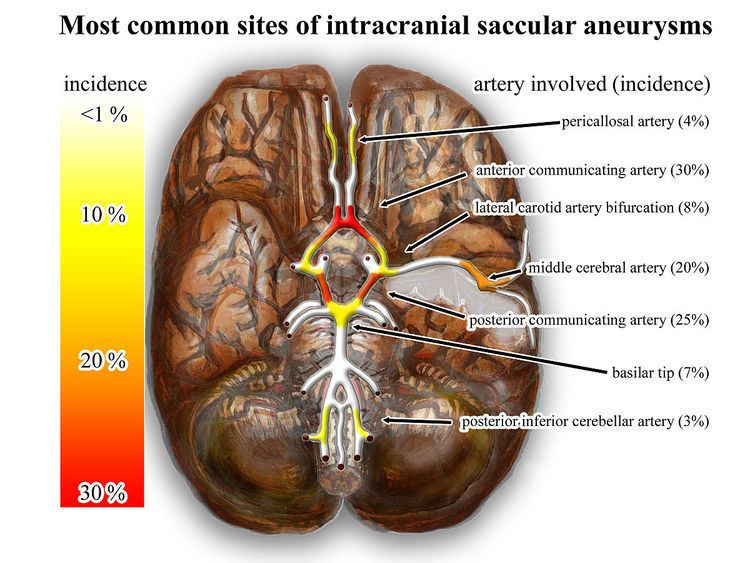ICD-10-PCS Z95.828 | ||
 | ||
A flow diverter is an endovascular prosthesis used to treat intracranial aneurysms. It is placed in an artery leading to an aneurysm in order to divert blood flow away from the weakened area.
Contents
Medical usage
Flow diverters are an alternative treatment for intracranial aneurysms in cases where endosaccular coil embolization is not practical. One example is very large or giant, wide neck saccular aneurysms. Another situation is fusiform shape or circumferential aneurysms.
Risks and complications
Flow diverters do have risks including thrombosis, perianeurysmal edema, and perforator occlusions, furthermore antiplatelet therapy is used with flow diverters, consequently monitoring antiplatelet therapy is important. Prior to flow diverters many intracranial aneurysms went untreated.
The efficacy of flow diverters can be evaluated using a grading system developed by researchers at Oxford Neurovascular and Neuroradiology Research Unit (Kamran et al. 2011), commonly referred to as flow diverter grading system or Kamran grading system.
The degree of aneurysm occlusion is graded on a five-point scale from 0 (no change in the endoaneurysmal flow) to 4 (complete obliteration of the aneurysm). The patency status of the parent artery is evaluated on a three-point scale, from no change in the parent artery diameter to parent artery occlusion. This grading system is used in clinical practice. It has also been used and adapted by researchers to evaluate and report the effectiveness of flow diverters in general.
